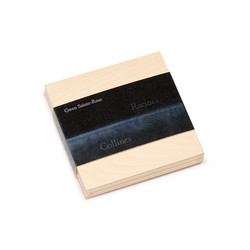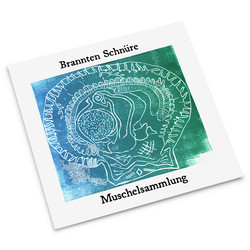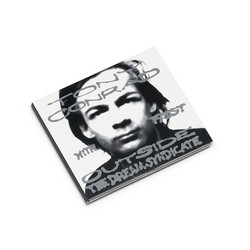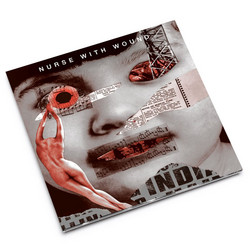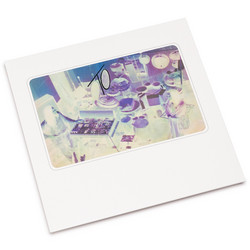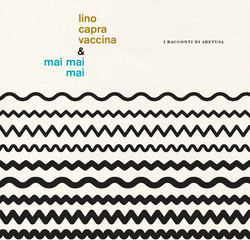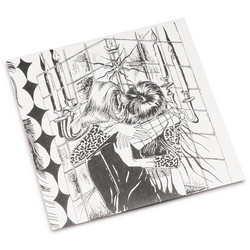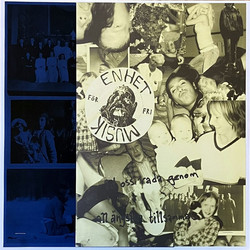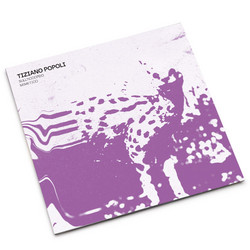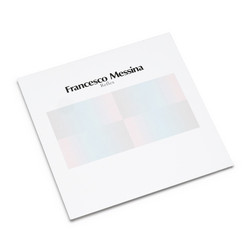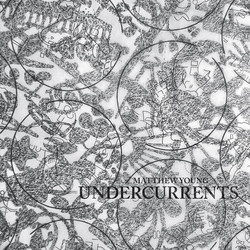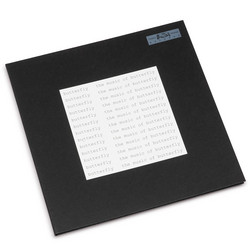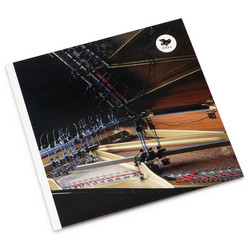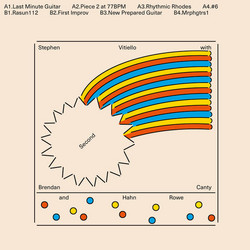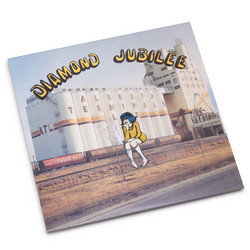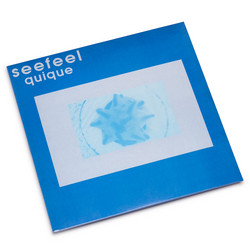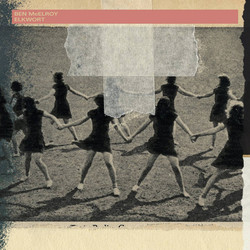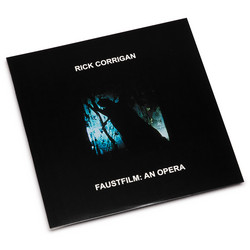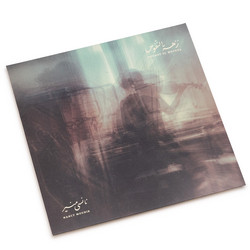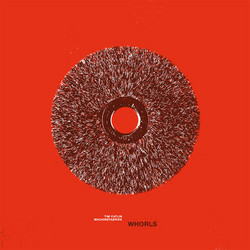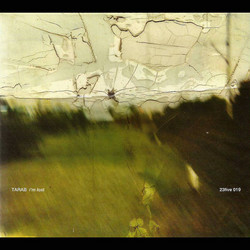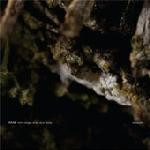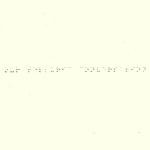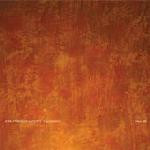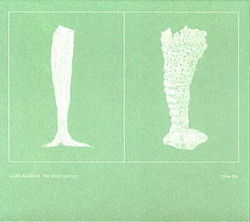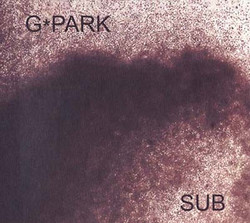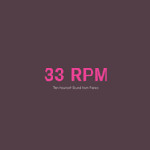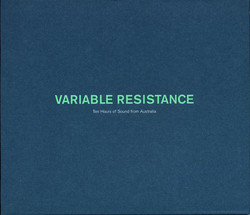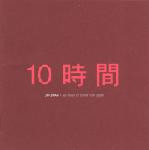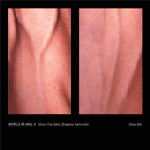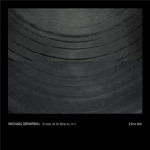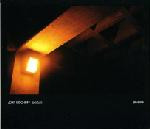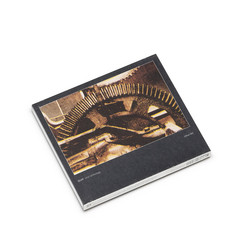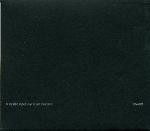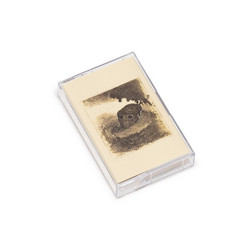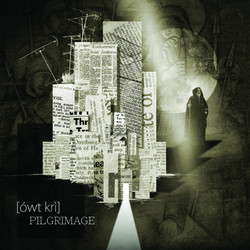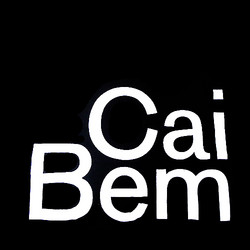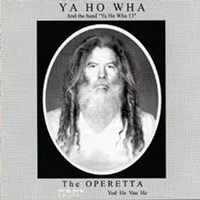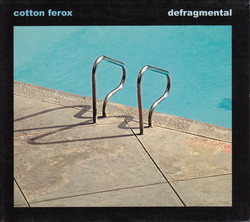'The name Tim Catlin may not be terribly well known amongst the avant-guitarist circles; but his recorded output clearly stands amongst the best that Glenn Branca, Keith Rowe, and Jim O'Rourke have mustered from their six strings hard wired into the histories of electroacoustics, minimalism, and post-punk experimentation. Based out of Melbourne, Catlin is a guitarist who incessantly tinkers with the mechanics of his instrument, envisioning it as alternately as a mimetic sculptural object and a pure sound generator. Through his experiments with alternative tunings, atypical string gauges, and Rube Goldberg contraptions of interconnected motors, speakers, and radios, he seeks out the rasping textures of strings vibrating against each other, the acoustic phase patterns of two microtonally tuned strings, and the electrical purity of circuits feeding back upon themselves, essentially creating a polyglot drone symphony cast in smoldering monochrome. Radio Ghosts arrives nearly five years after his debut album Slow Twitch and showcases Catlin's unassuming expertise with the finer aspects of the mechanically prepared guitar. For all of its dynamic frequencies and crosshatched vibrations, Radio Ghosts is devoid of Marshall stacks, Sunn amps, and stomp boxes, as Catlin captures the acoustic phenomenon of the guitar's transient vibrations and steers clear of any tricked out sonic demolition. Instead, Radio Ghosts focuses upon the minutiae of the guitar: wood, strings, and amplifier. Through his refined, tabletop guitar techniques, Catlin prefers to set his guitar in motion, allowing the process dictate the course of action with minor edits and sleights of hand from the composer himself. Catlin's drone guitar work is simultaneously capable of expressionistic illusions (e.g. cicada choruses, industrial grind, uncanny ephemera from the radio waves, etc.) and a sonic transcendence of pure sonic introspection. Given that the final piece on Radio Ghosts replaces the guitar with a crash cymbal that Catlin agitates through similar processes, Catlin's work shows that Organum does not have exclusivity on the bowed cymbal for creating epic, tactile sound fields.'
Details
Cat. number: 23five 011
Year: 2007
Notes:
Tracks 1 & 2: acoustic guitar.
Tracks 3, 4 & 5: electric guitar (+ radio on track 4).
Track 6: crash cymbal.
Tracks 4 & 6 recorded at Media Arts, RMIT University. All other recording and production at Dos Gatos.
Thanks to: Jo Jespen, Chris Gregory, David Brown.
Limited to 500 copies.
Tracks 3, 4 & 5: electric guitar (+ radio on track 4).
Track 6: crash cymbal.
Tracks 4 & 6 recorded at Media Arts, RMIT University. All other recording and production at Dos Gatos.
Thanks to: Jo Jespen, Chris Gregory, David Brown.
Limited to 500 copies.
